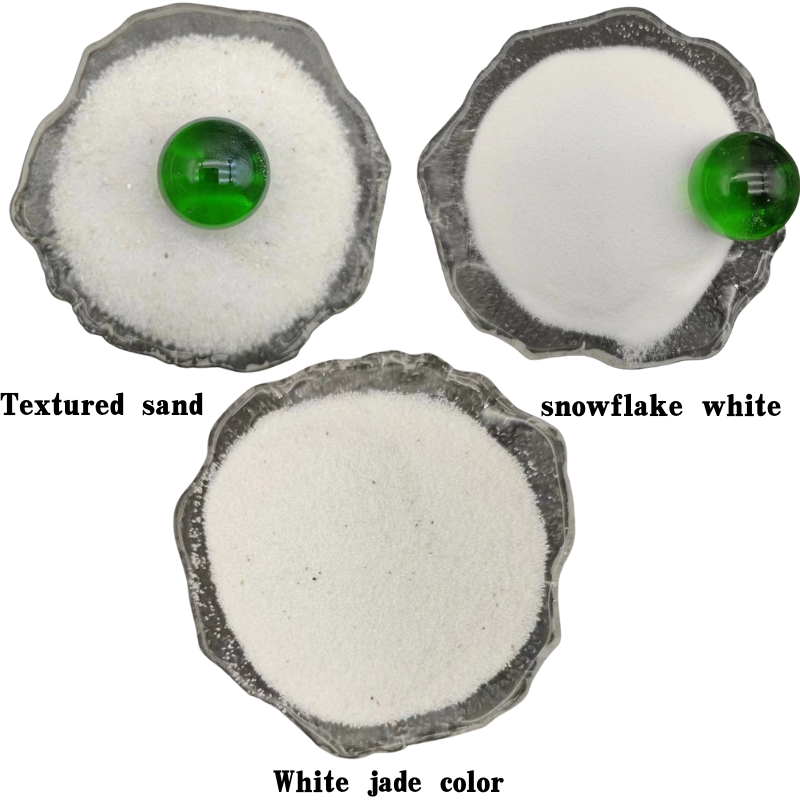
activated carbon manufacturer
The Role of Activated Carbon Manufacturers in Various Industries
Activated carbon, also known as activated charcoal, is a versatile and essential material used across various industries due to its exceptional adsorption properties. The manufacturing of activated carbon has become a significant industry in its own right, driven by the increasing demand for clean air, water treatment, and various industrial applications. This article explores the role of activated carbon manufacturers, their processes, applications, and the challenges they face in the market.
Understanding Activated Carbon
Activated carbon is a porous material that has a high surface area, allowing it to effectively trap and remove impurities and toxic compounds from gases and liquids. The production of activated carbon typically involves the carbonization of organic materials, such as wood, coconut shells, peat, or coal, followed by activation through physical or chemical processes. This results in a porous structure that enhances its adsorptive qualities.
Manufacturing Processes
The manufacturing of activated carbon generally involves several key steps
1. Selection of Raw Material The choice of raw material is crucial, as different feedstocks yield activated carbons with unique properties. Coconut shells are popular for their high adsorption capacity, while coal-based carbons are often used for bulk applications.
2. Carbonization The raw material is heated in an inert atmosphere to remove moisture and volatile compounds. This process transforms the raw material into char, providing the carbon backbone needed for the final product.
3. Activation After carbonization, the char is treated with either steam (physical activation) or chemical agents (chemical activation) to develop its porous structure. This step significantly increases the surface area and enhances the adsorptive capabilities of the material.
4. Processing and Packaging The activated carbon is then ground to the desired size, often transported as granules, powders, or pellets, and packaged for distribution.
Applications of Activated Carbon
Activated carbon is used in a diverse range of applications, reflecting the versatility of the material
- Water Treatment One of the most common uses of activated carbon is in water purification systems to remove contaminants, chlorine, heavy metals, and organic compounds
. Municipal water treatment facilities and household filters often utilize activated carbon for clean drinking water.activated carbon manufacturer

- Air Purification Activated carbon is widely used in air filtration systems to remove pollutants, odors, and volatile organic compounds (VOCs). It is employed in HVAC systems, industrial exhaust systems, and personal protective equipment.
- Food and Beverage Industry Activated carbon is used in the food industry for decolorization and purification processes, particularly in the production of sugar, cooking oils, and alcoholic beverages.
- Pharmaceuticals and Healthcare In the healthcare sector, activated carbon is used for drug formulation, detoxification, and as an antidote for certain poisoning cases. It is also utilized in wound dressings due to its antimicrobial properties.
- Industrial Uses Activated carbon plays a pivotal role in various industrial processes, including gold recovery, solvent extraction, and air quality control in manufacturing plants.
Challenges Faced by Manufacturers
Despite the growing demand for activated carbon, manufacturers face several challenges
- Raw Material Supply The availability and cost of suitable raw materials can fluctuate, affecting production costs and availability. Sustainable sourcing practices are increasingly important to ensure the longevity of supply chains.
- Environmental Regulations The manufacturing process can have environmental implications, particularly concerning emissions and waste. Compliance with stringent environmental regulations is crucial for manufacturers to operate sustainably.
- Competition and Market Dynamics As the demand for activated carbon grows, so does competition in the market. Manufacturers must continually innovate to produce high-quality products while managing costs effectively.
- Research and Development Investment in R&D is necessary to explore new applications and improve the efficiency of activated carbon products. Manufacturers need to stay ahead of trends and developments in various industries to meet evolving customer needs.
Conclusion
Activated carbon manufacturers play a vital role in ensuring the availability of this important material, which has numerous applications across various industries. By employing innovative production processes, addressing environmental concerns, and adapting to market demands, they contribute significantly to the goals of sustainability and health in our modern world. As industries continue to prioritize cleaner technologies and processes, the importance of activated carbon manufacturers will only continue to grow.
Share
-
Premium Pine Bark Mulch: Nuggets & Shredded StylesNewsAug.06,2025
-
Premium Kaolin Powder | High-Purity Mineral SolutionNewsAug.05,2025
-
Premium Glass Sand Solutions | High Purity SupplyNewsAug.03,2025
-
Natural Premium Bentonite Cat Litter - Superior ClumpingNewsJul.31,2025
-
Premium Resin Coated Sand - High Heat Resistance CastingNewsJul.31,2025
-
High Quality Silicon Carbide Grit for Abrasive ApplicationsNewsJul.30,2025






